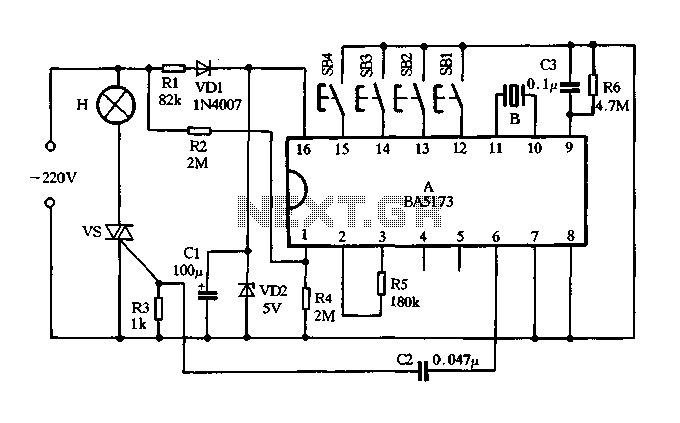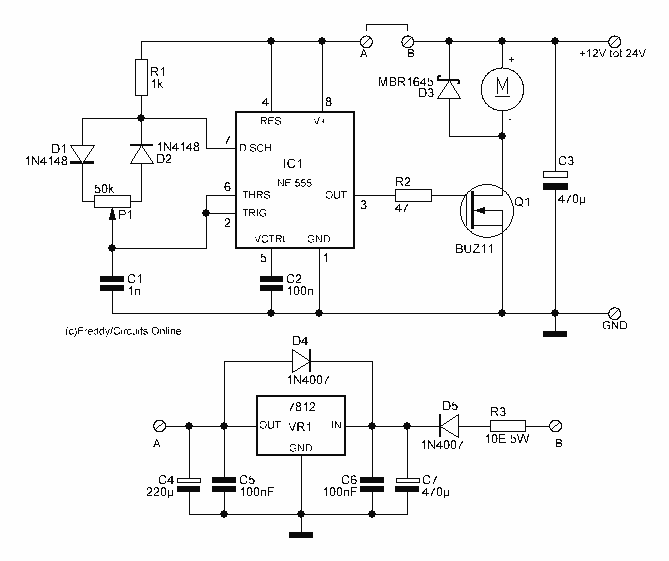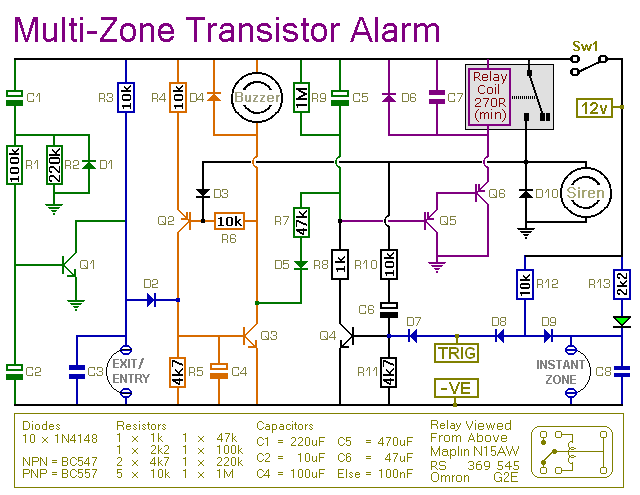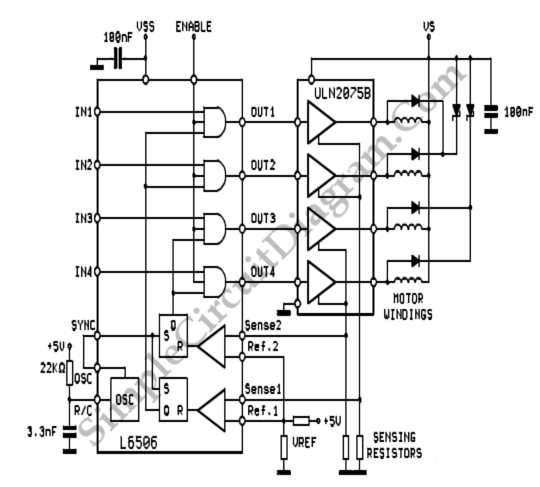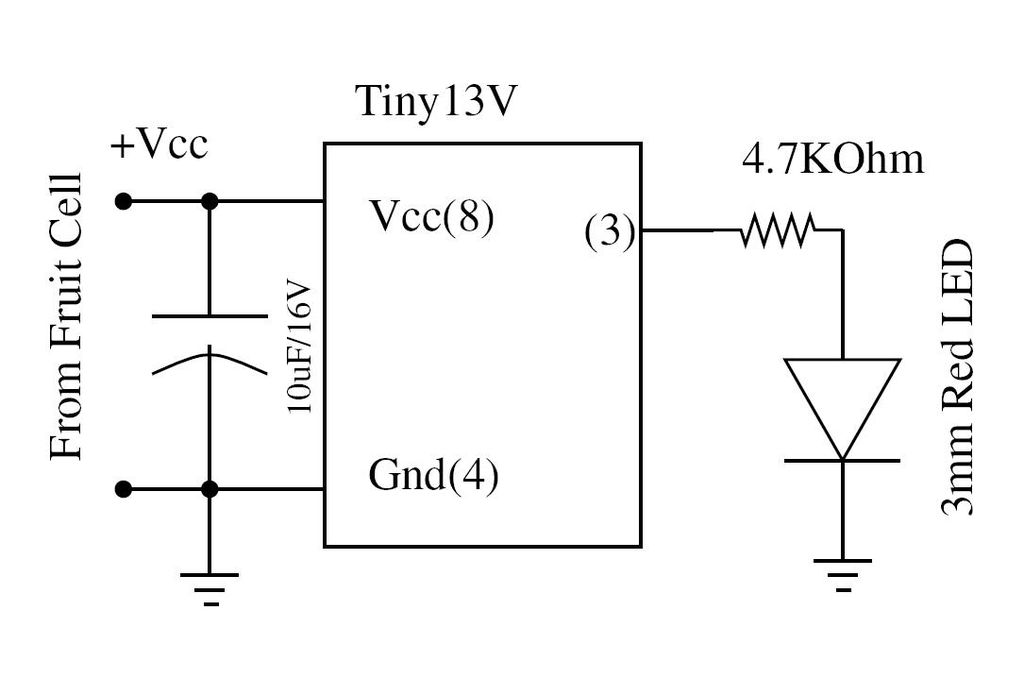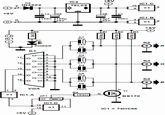
Bright light control circuit diagram of a precision
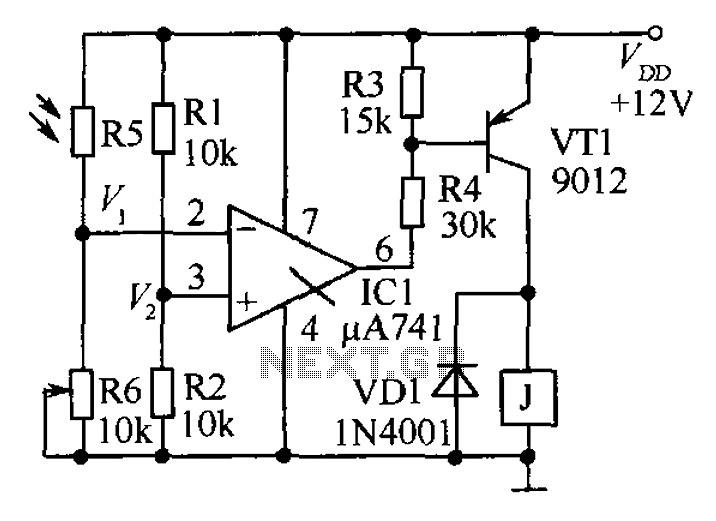
The circuit functions as a precision bright light control circuit, operating independently of power supply voltage and ambient temperature. Resistors R1, R2, R6, and the photosensitive resistor R5 form a two-arm Wheatstone bridge.
The precision bright light control circuit utilizes a Wheatstone bridge configuration to achieve stable performance regardless of variations in power supply voltage and environmental conditions. The primary components include resistors R1, R2, R6, and the photosensitive resistor R5.
In this configuration, the two-arm Wheatstone bridge is designed to measure the resistance changes in the photosensitive resistor R5, which varies with light intensity. When light levels increase, the resistance of R5 decreases, causing an imbalance in the bridge circuit. This imbalance generates a voltage difference that can be used to control an output device, such as a light dimmer or an automatic lighting system.
Resistors R1 and R2 are typically fixed values that help set the reference voltage levels for the bridge, while R6 can be adjusted to calibrate the sensitivity of the light detection. The circuit is designed to maintain a consistent output signal, ensuring that fluctuations in supply voltage or temperature do not affect the performance of the light control mechanism.
This circuit is particularly useful in applications where precise light control is necessary, such as in photography, horticulture, or automated lighting systems, where maintaining consistent light levels is critical for optimal performance. As shown in the circuit as a precision bright light control circuit, its work is not affected by the power supply voltage and ambient temperature. Resistors R1, R2, R6 and phot osensitive resistance R5 together constitute two-arm Wheatstone bridge.
The precision bright light control circuit utilizes a Wheatstone bridge configuration to achieve stable performance regardless of variations in power supply voltage and environmental conditions. The primary components include resistors R1, R2, R6, and the photosensitive resistor R5.
In this configuration, the two-arm Wheatstone bridge is designed to measure the resistance changes in the photosensitive resistor R5, which varies with light intensity. When light levels increase, the resistance of R5 decreases, causing an imbalance in the bridge circuit. This imbalance generates a voltage difference that can be used to control an output device, such as a light dimmer or an automatic lighting system.
Resistors R1 and R2 are typically fixed values that help set the reference voltage levels for the bridge, while R6 can be adjusted to calibrate the sensitivity of the light detection. The circuit is designed to maintain a consistent output signal, ensuring that fluctuations in supply voltage or temperature do not affect the performance of the light control mechanism.
This circuit is particularly useful in applications where precise light control is necessary, such as in photography, horticulture, or automated lighting systems, where maintaining consistent light levels is critical for optimal performance. As shown in the circuit as a precision bright light control circuit, its work is not affected by the power supply voltage and ambient temperature. Resistors R1, R2, R6 and phot osensitive resistance R5 together constitute two-arm Wheatstone bridge.
Warning: include(partials/cookie-banner.php): Failed to open stream: Permission denied in /var/www/html/nextgr/view-circuit.php on line 713
Warning: include(): Failed opening 'partials/cookie-banner.php' for inclusion (include_path='.:/usr/share/php') in /var/www/html/nextgr/view-circuit.php on line 713
